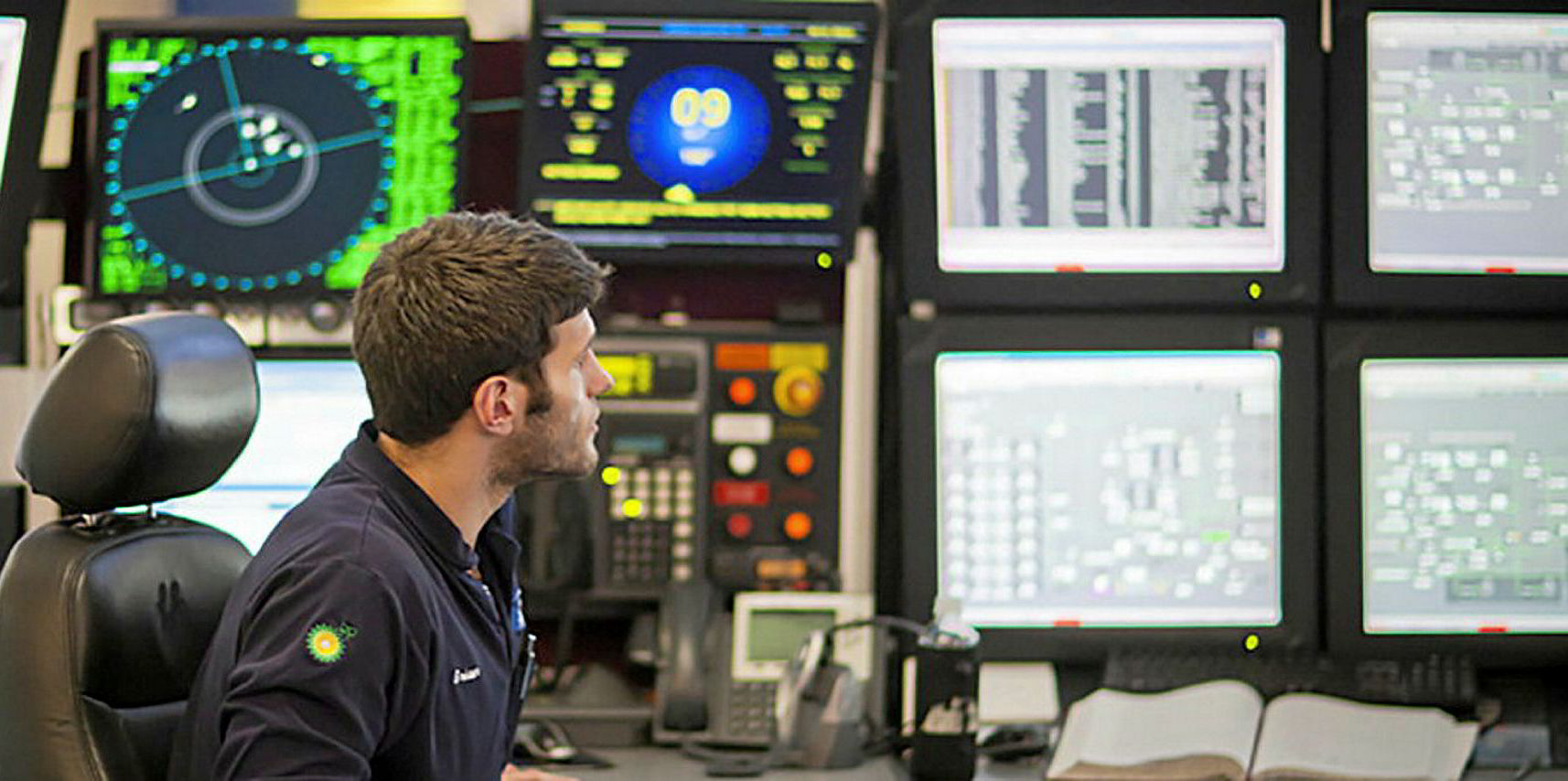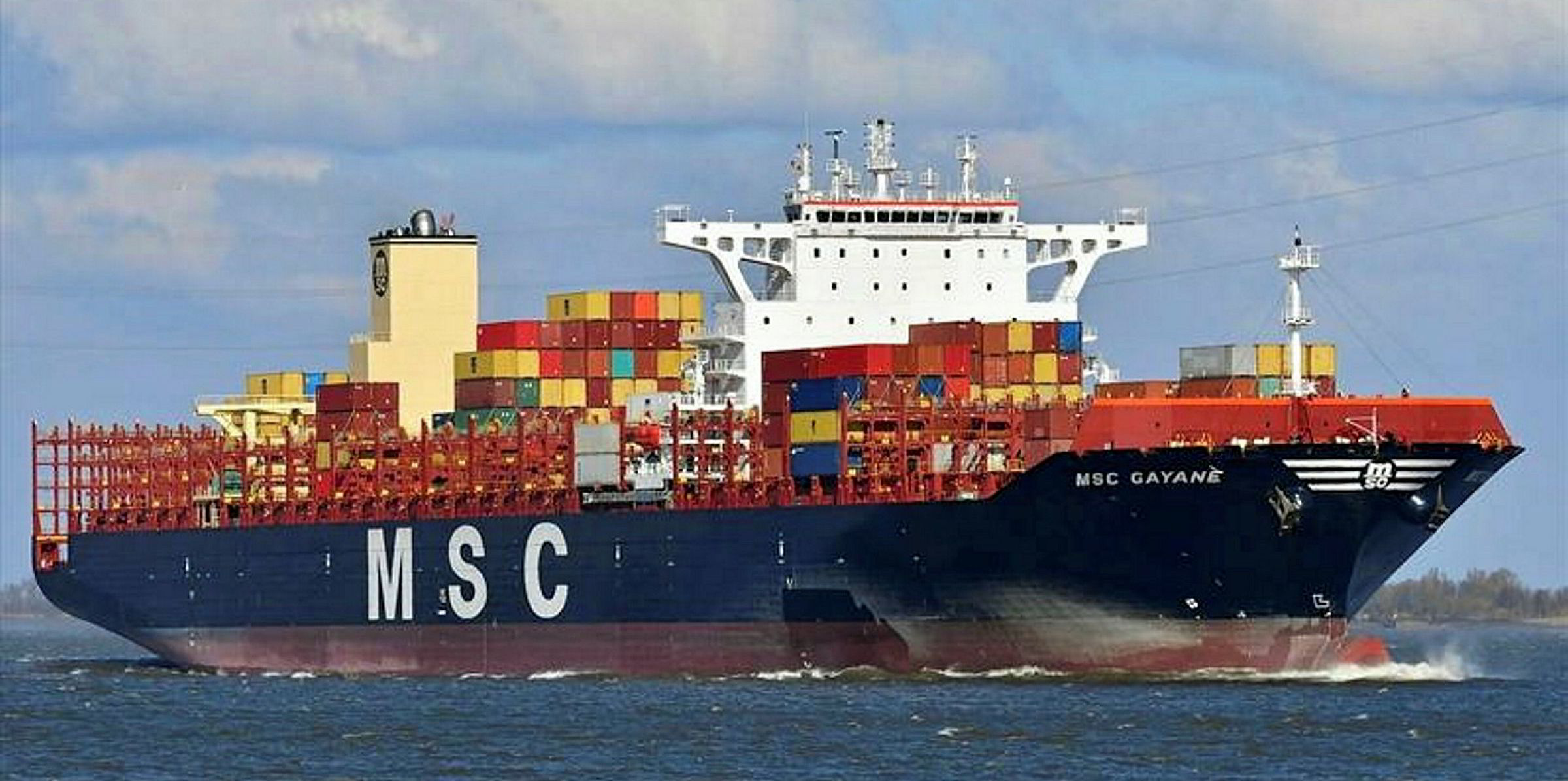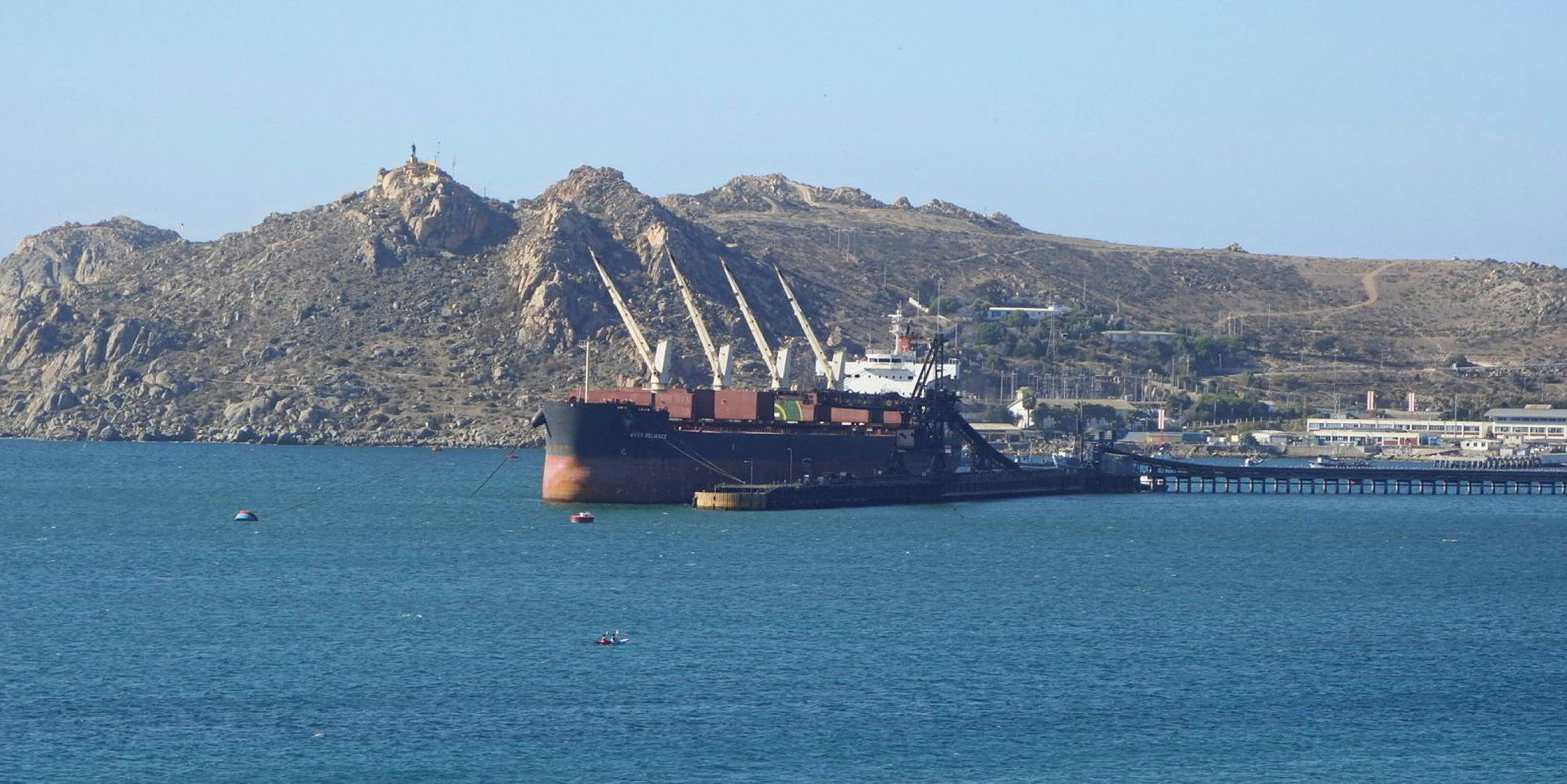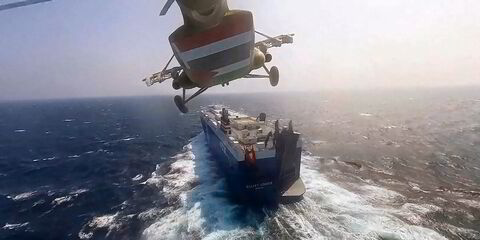It is never wise to use a chainsaw where a scalpel is best. But when the task is cutting down a forest, an army of scalpel-wielding, flannel-shirted lumberjacks would struggle to get the job done.
The challenge facing the IMO in the months to come, as it enters the next phase of its greenhouse gas (GHG) reduction discussions, will be choosing the right combination of tools to tackle shipping’s contribution to one of the world’s most overarching problems.
It could gingerly grip the scalpel, maybe by overhauling its Energy Efficiency Design Index (EEDI) to boost carbon efficiency in ships. Or it could wield the chainsaw, by instituting a worldwide speed limit, or placing hard limits on carbon output.
At the moment, the latter measures are not leading contenders in the discussions that have turned towards finding operational and technical solutions that include the EEDI revisions.
Complex computer models
But with a huge problem to solve and a dynamic industry in which carbon solutions may vary from ship to ship and journey to journey, it seems the ideal solution is a chainsaw that will incentivise stakeholders to take out their scalpels — or more accurately, their complex computer models, innovative designs and wallets.
Carbon in ship fuels must be taxed, and at a substantial level that incentivises market participants to seek new solutions sooner rather than later — and, where they do not utilise those solutions or can’t find them, to contribute to paying for the cost of climate change’s damage to our world.
As TradeWinds has reported, a coalition of shipping groups has come forward with a proposal to create a maritime research fund financed by a levy on bunkers. However, the proposed levy of $2 per tonne is woefully insufficient for the challenge ahead, unless it’s just one tool in a larger toolbox.
But the proposal is a step in the right direction. It is constructive and adds to the discussion. The IMO should take this offer, and then tax some more.
Carbon in ship fuels must be taxed at a substantial level that incentivises market participants to seek new solutions sooner rather than later
While the need to hunt for future solutions is important, carbon emissions have an impact today. They have costs that shipping stakeholders are not bearing in proportion to their contribution.
In addition to the proposed maritime research fund, the IMO should develop a GHG mitigation levy whose revenue is used either to pay for carbon reduction measures elsewhere, or to soften the impact of emissions.
This will encourage shipowners to take more immediate measures to reduce their carbon footprint and will make less carbon-intense investments more attractive.
Perhaps more importantly, it would encourage the industry to find solutions that work best for the particular circumstances of each ship and each voyage, because carbon-intense fuel would be much more costly.
In this column last year, I argued that the IMO should not yet jettison mandatory speed reductions. They should remain on the table as an option, but a sweeping speed limit is not the best approach when more sophisticated alternatives are available.
As tools go, a global speed limit may be like lighting a candle with a flamethrower. It might do the job, but it might have unintended consequences.
Simon Whitford, chief operations officer at data technology company GreenSteam, has explained how a speed limit could lead to a spike manufacturing because of the resulting fatter supply chain, which would have emissions consequences of its own.
More refined measures
But where shipowners or operators are put in a position to save more money by reducing the use of carbon-intense fuels, they will be more likely to invest in more refined measures.
GreenSteam, for example, is working with containership player Unifeeder, which operates in an area of the world with stricter fuel rules — Northern European shortsea trades — to use machine learning-based algorithms to crunch a multitude of data points to find an optimal speed for individual voyages to save fuel.
Carbon-free shipping is a long way off, but measures to reduce the industry’s carbon footprint exist now. Shipping’s leading companies will take those measures only when GHG emissions affect their wallets in a meaningful way.





